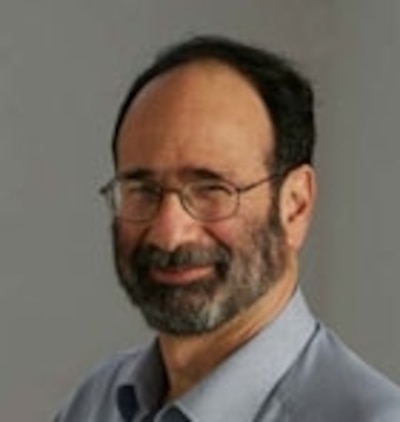
The latest Nobel Laureate is the economist who designed the system the city uses to match students to high schools.
Alvin Roth, a product of Queens’ Martin Van Buren High School who is now a professor of economics at Stanford University, was today named one of two winners of this year’s Nobel Memorial Prize in Economic Science. The prize recognized his work in market theory, where he has studied markets of people, rather than prices.
To address a time-consuming medical residency matching process that induced perverse incentives for applicants to list less-preferred options first, Roth engineered what is now known as a “deferred acceptance algorithm.” The algorithm allowed the placement system to match applicants to residency programs based on their highest mutual preference.
The deferred acceptance algorithm became the basis for New York City’s high school admissions process in 2003 and remains the mechanism that the city uses to match nearly 100,000 students and schools each year.
In a 2005 paper, Roth and two other researchers detailed the process that brought the algorithm to the Department of Education. He wrote that the department’s then-director of strategic planning, Jeremy Lack, approached him to suss out whether the medical match system he designed could work in a sprawling system of public schools with diverse admissions policies.
“The three authors of the present paper … advised (and often convinced) Lack, his colleagues (particularly Elizabeth Sciabarra and Neil Dorosin), and the DOE’s software vendor, about the design of the match,” Roth and his fellow researchers wrote.
The paper concluded that the admissions system in its first year was not perfect but represented an improvement over what previously existed. The system allows students to list more schools on their applications than they could under the pre-2003 system, but it also ensures that they receive only one admissions offer and have no chance of winding up on a waiting list.
Each year, about 10 percent of applicants aren’t matched with any of the schools they listed on their applications and must reapply to schools that still have open seats in a second-round process.
“What I can’t say is that it would be absolutely better for everyone,” Roth told the New York Times in 2003. ”I think it’s going to be better for many people. It’s going to be better for the city. But I can’t say that everyone will be better off because some people benefit from the private dealing, some people benefit from the inefficiencies.”
But he also told the newspaper that he would prefer to take his chances in his system than in the old one.
Roth is the second Martin Van Buren alumnus ever to win a Nobel prize and also the second New York City public school product to win a Nobel prize this year. Last week, Robert Lefkowitz, a graduate of the Bronx High School of Science, won the Nobel prize in chemistry. He was Bronx Science’s eighth Nobel laureate, making it the high school with the most graduates who have earned the prestigious award.
Roth’s market research also undergirds a recent innovation in organ donation, the long chain for kidney exchanges.
Updated: “I want to congratulate Alvin Roth for winning the Nobel Prize and creating the algorithm on which our high school admissions process is based and which has benefited thousands of students since we first implemented it in the 2003-04 school year,” Schools Chancellor Dennis Walcott said in a statement that recognized Roth as the second graduate of Martin Van Buren to win a Nobel prize.
Updated again: Roth did not actually graduate from Martin Van Buren High School, according to a 2010 profile in Forbes Magazine, which says he dropped out during his junior year. “I think I was understimulated,” Roth told Forbes.
